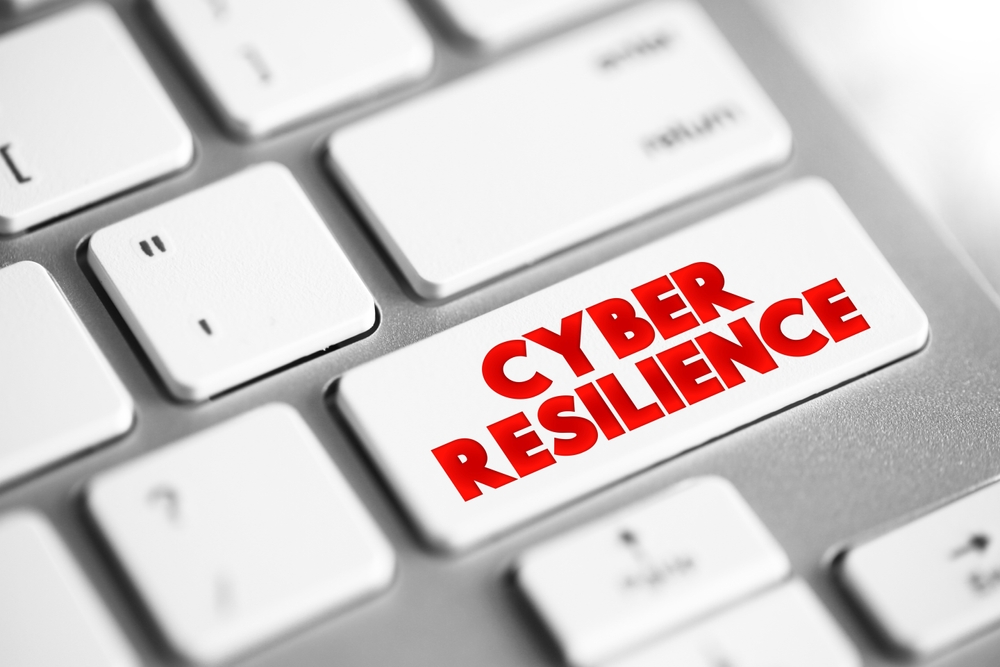Could you take us through the cloud journey undertaken by Fine Hygienic?
When I joined Fine Hygienic about five years ago, we thoroughly analyzed all our systems. Some of these systems were legacy-based and quite robust. For instance, Oracle E-Business Suite proved to be an exceptionally stable system, so people hesitated to change it. However, we examined various studies related to financials, Total Cost of Ownership, and Return on Investment. It became evident that transitioning to the cloud made sense, especially considering factors like server, hardware, and maintenance costs.
We explored several cloud vendors and eventually opted for Oracle for several compelling reasons. Our cloud journey began with a focus on achieving quick wins because gaining buy-in from the business was crucial. Our initial quick win was the implementation of Human Capital Management (HCM), a solution that directly impacts every employee. It offered a mobile application, enhanced functionality, and robust reporting capabilities, giving our employees a tangible experience with Oracle’s capabilities.
Following the successful HCM implementation, we turned our attention to establishing basic infrastructure components, which we never had before. We introduced Oracle Integration Cloud (OIC) as our integration platform, a choice I consider powerful due to its versatility.
While we have various applications, not limited to Oracle, OIC seamlessly integrates them, aligning with the diverse nature of our FMCG business. We have been extremely satisfied with OIC’s performance.
Additionally, we deployed Oracle Autonomous Data Warehouse (ADW), where we consolidate and analyze vast amounts of data. Given that our sales data alone amounts to terabytes, we process every transaction globally within our system. The stability and capabilities of ADW enable us to perform remarkable data analysis.
Recognizing the need for efficient product data management, we implemented Oracle Master Data Management (MDM). With approximately 64,000 different products initially, our MDM initiative streamlined and cleansed our data, reducing it to a manageable 5,000 unique products.
Oracle Master Data Management serves as the foundation for our entire business operations. Operating beneath this, OIC manages our integrations. OIC is a robust backbone, facilitating seamless data exchange among our various systems.
Furthermore, our autonomous data warehouse is the backbone for reporting, enabling us to extract valuable insights from our vast dataset. Now, we are on the verge of going live with Oracle Fusion Financials and Supply Chain Management modules, representing the next significant milestone in our cloud transformation journey.
In November last year, we successfully went live with Oracle WMS (Warehouse Management System) in our warehouse in Abu Dhabi, which is fully automated and efficiently fulfills its role. These quick wins are essential steps before we proceed with the significant implementation of Fusion SCM.
How long did the cloud migration process take, and did you need to re-platform?
Yes, we did. When transitioning the cloud platform, especially if you’re dealing with a legacy system, I think you should undertake the process thoroughly and correctly, or not at all. The key is to efficiently migrate and adapt to the cloud. In this regard, solutions like Oracle offer quarterly updates, which can be highly advantageous. The updates are seamless, typically requiring only a one-hour downtime window, often scheduled for early morning hours. Since implementing these systems, we have experienced almost no downtime, with an impressive uptime rate of 99.99%.
Please tell us about your overall digital transformation journey and the impact that transitioning to the cloud has had on this journey.
Digital transformation means different things to different people. In my perspective, transitioning to the cloud represents a significant aspect of going digital. This viewpoint is rooted in the shift away from manual processes towards digital technology, automation, and streamlined operations. While it may not possess the same allure as technologies like AI or GPT, it’s important to acknowledge that digitization encompasses various aspects, including the transformation from manual spreadsheet-based tasks to the autonomous generation of digital reports.
What are your responsibilities and objectives in your role as CIO?
I started my career in the software industry, and this is the first time I’ve worked on the client side. The primary focus here is ensuring the continuous operation of our systems. As straightforward as it may sound, this entails maintaining business functionality 24/7, a key performance indicator for me. The truth is that people often fail to appreciate the value of technology until it experiences a breakdown. It’s a lesson I’ve learned firsthand—when things are functioning smoothly, they tend to be taken for granted. However, the moment a system encounters an issue, you and your team suddenly are crucial to keeping the business running.
So, one of my KPIs is operational efficiency, ensuring that our business operations run smoothly and without interruption. Automation is vital in achieving this, as it enhances various aspects of our business processes. There are other facets to automation as well, such as workforce allocation. While it’s a sensitive topic due to the implications for employees, automation can eliminate certain manual processes that are no longer necessary. This is the second aspect of my KPIs.The third pillar of my focus is innovation. Innovation remains a constant priority and driving force within our organization.









Discussion about this post